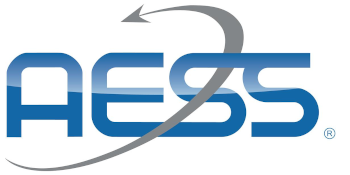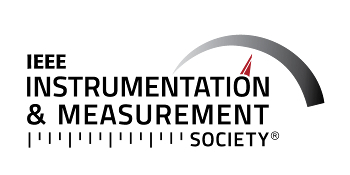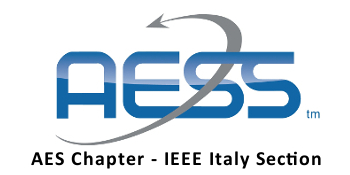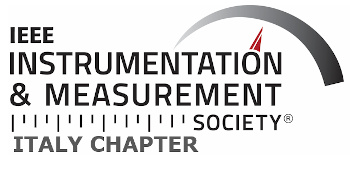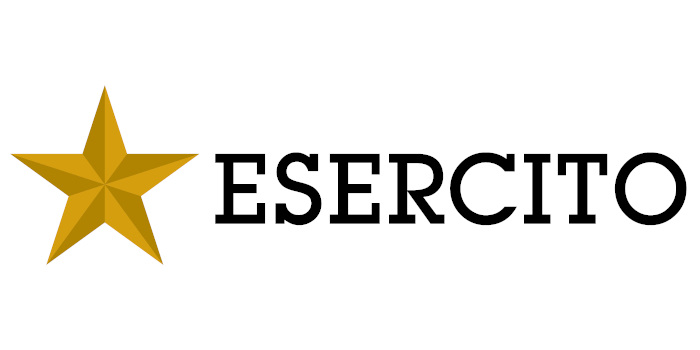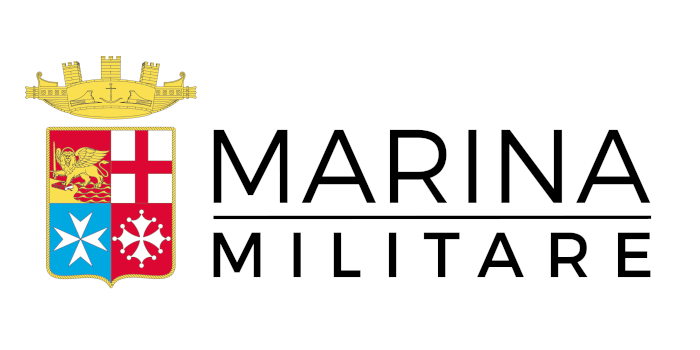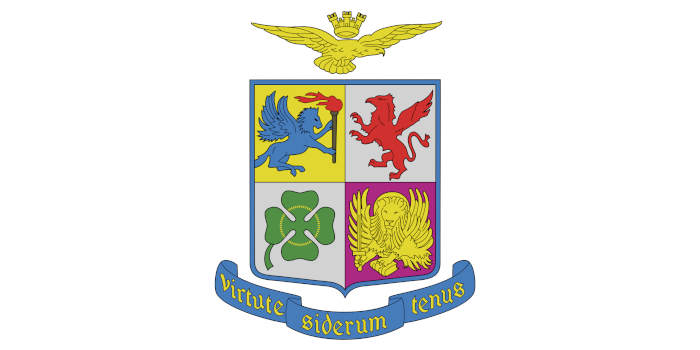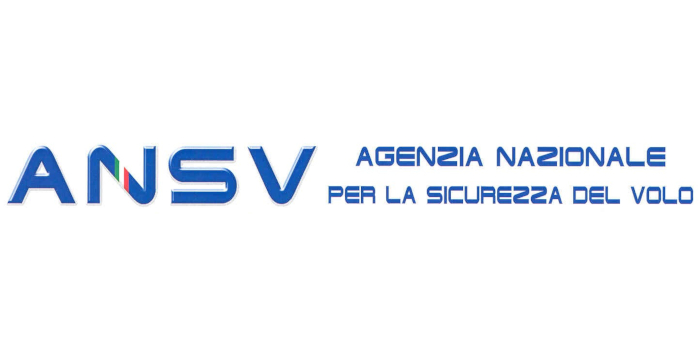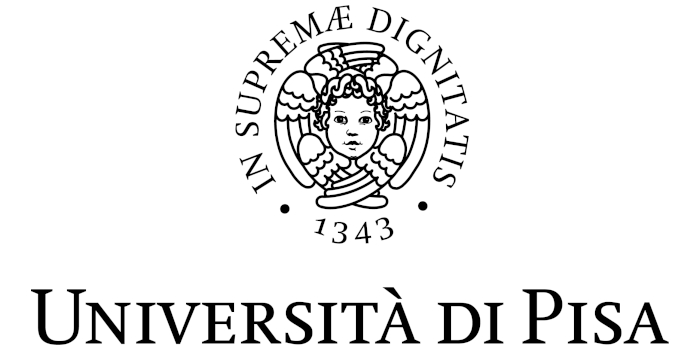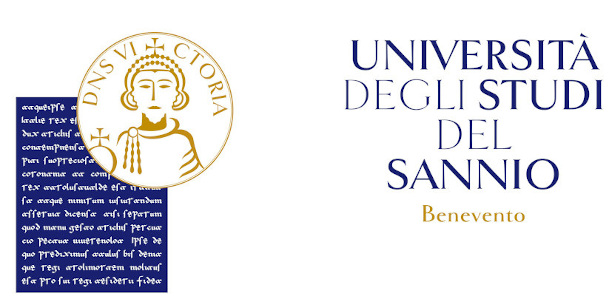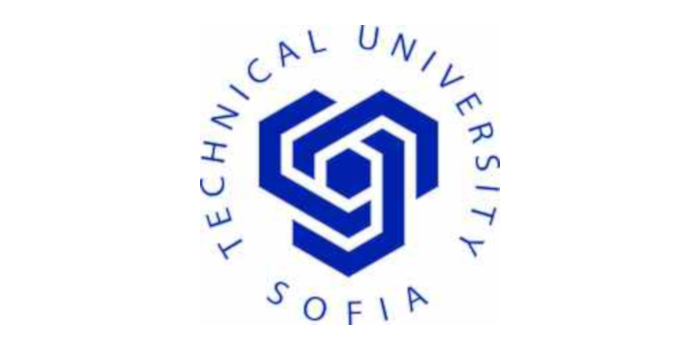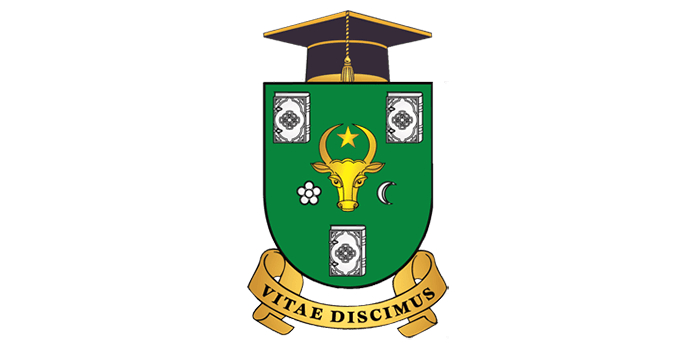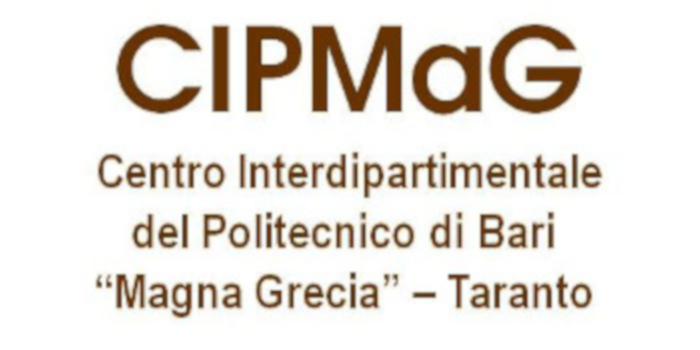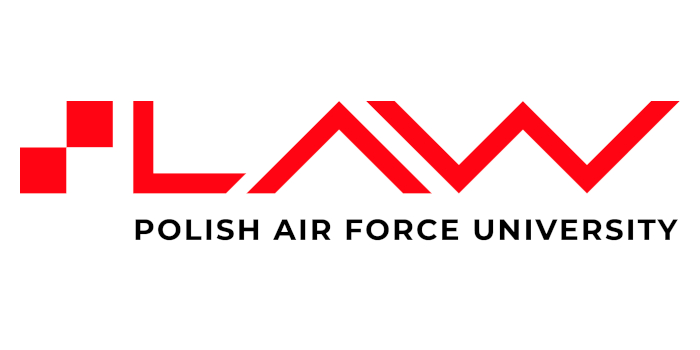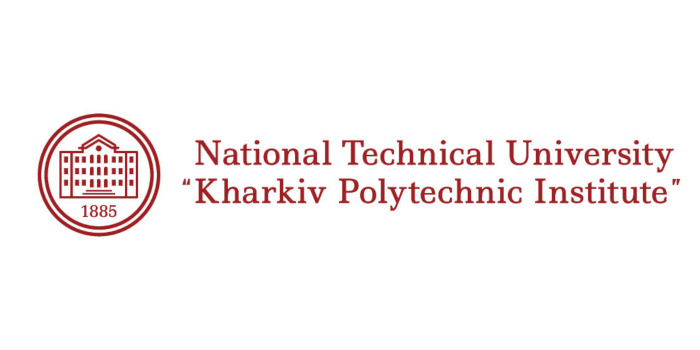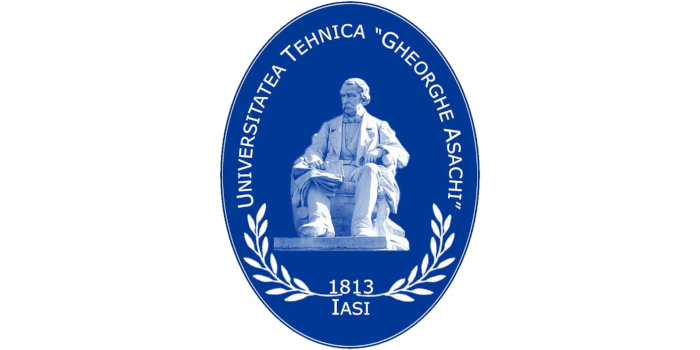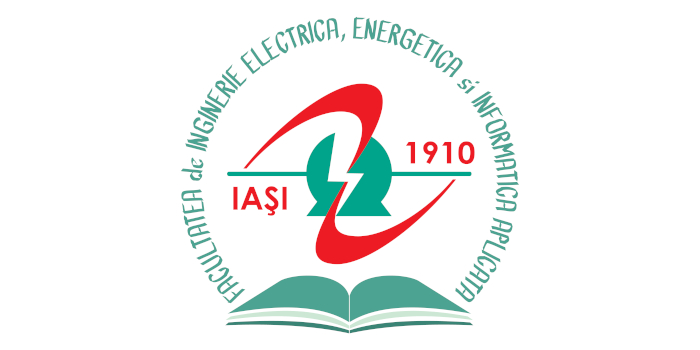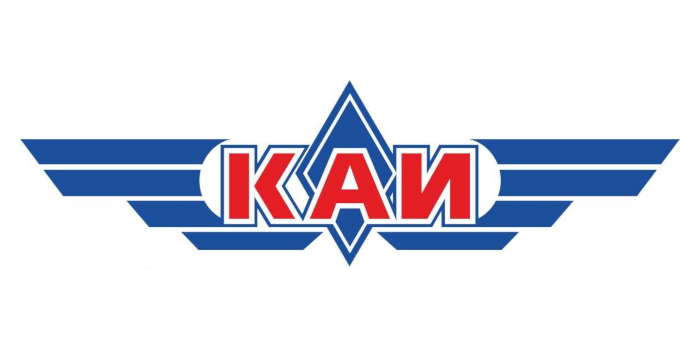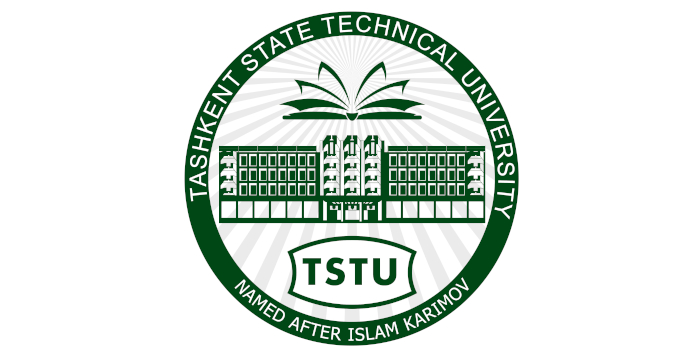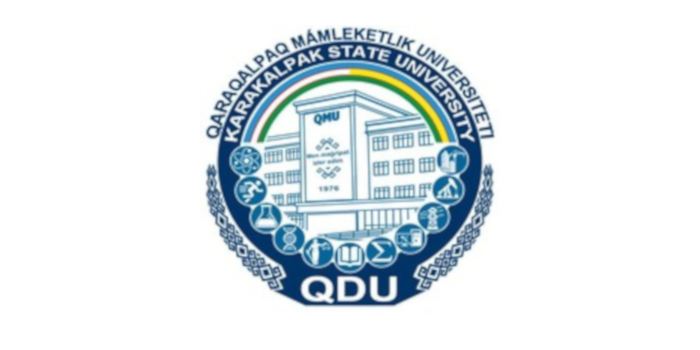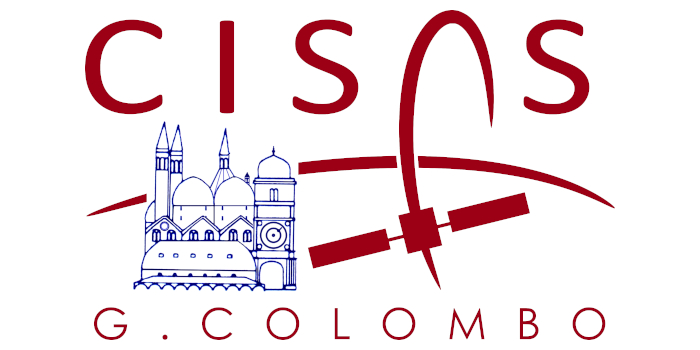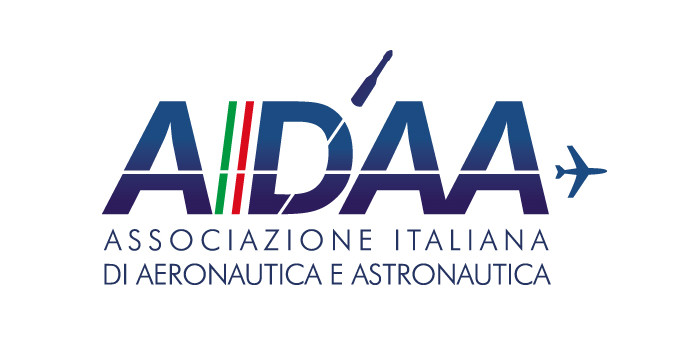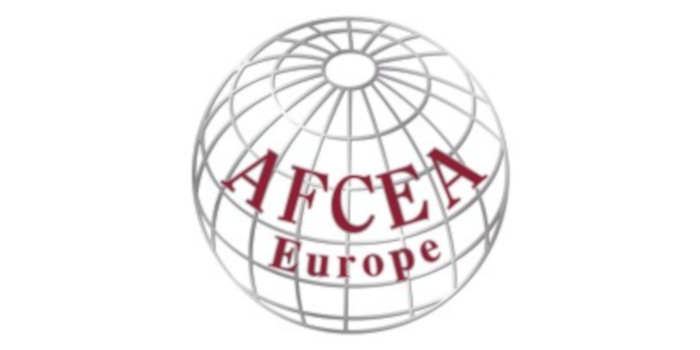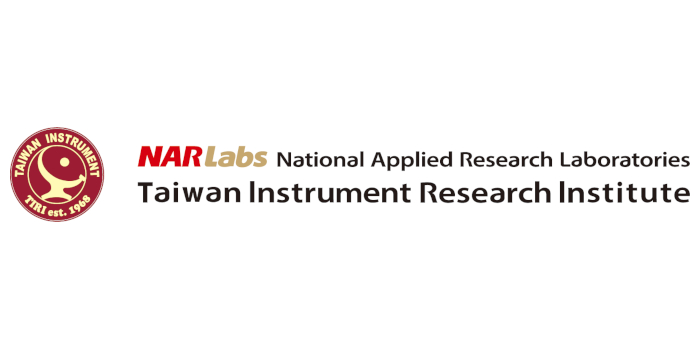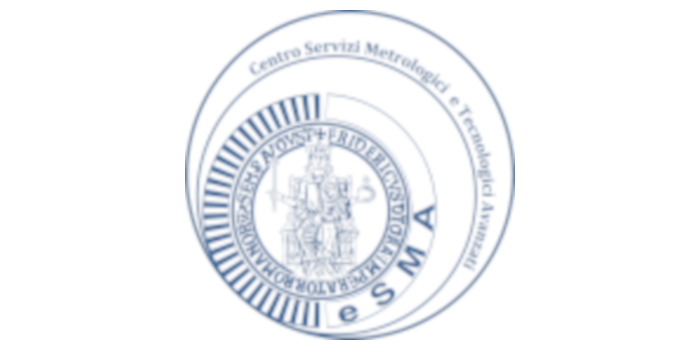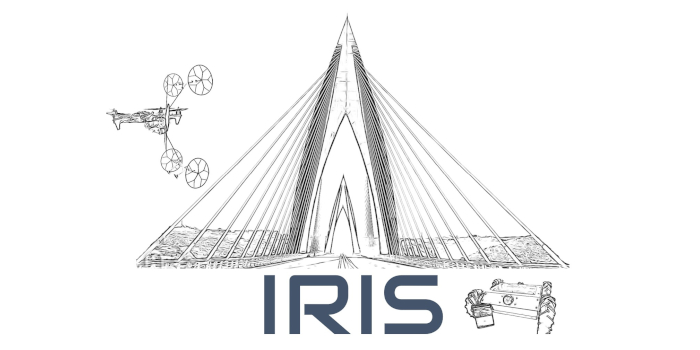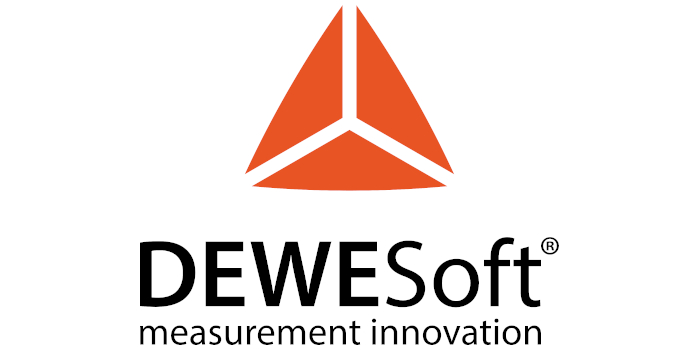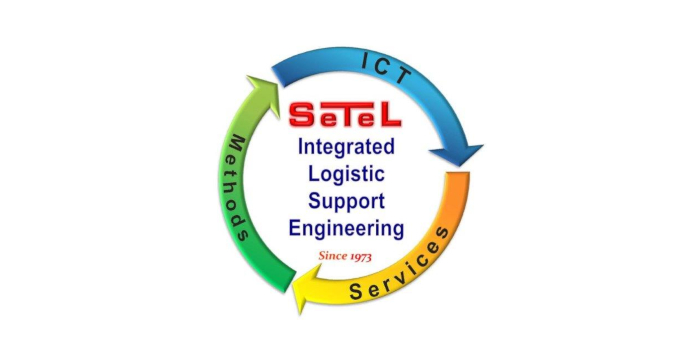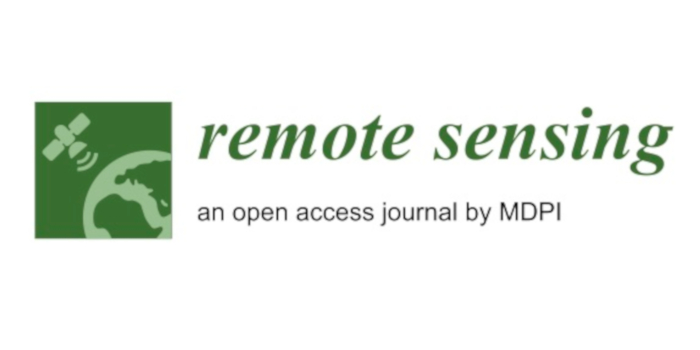Small spacecraft requirement verification methods and the metrology needed to support them
Larry Fineberg
Embry-Riddle Aeronautical University
ABSTRACT
Spacecraft programs are an evolutionary process that typically begin with a mission purpose; a broad statement of a goal that is intended to be accomplished. Once funding is secured, a set of “Level 0” or baseline program requirements are developed, which then drive a set of breadth and depth requirements. Requirements are verified through are range of methods, typically arranged into these categories: Measurement, Test, Analysis, and/or Demonstration.
A design cycle is initiated to transition from concept to implementation. Requirement verification during the design cycle consists of a series of analyses which evolve into models. Exit criteria at the Critical Design Review (CDR) is typically 90% of the build drawings are complete and the program can proceed to manufacturing. Testing is performed during and after manufacturing to “buy-down” risk and ensure the design has been implemented satisfactorily.
At every step in the process, requirement verifications ensure that successful implementation (and intent) of the design. Teams of discipline engineers, often led by systems engineers, develop requirements to implement the system-level and subsystem level designs. Requirements are established across every discipline, which include mechanical, electrical, guidance & control, dynamic & static environments, thermal, radiation, and so on.
As the design evolves from concept to manufacturing, the requirement verification effort shifts focus from analyses to physical testing. In a step-wise fashion, analyses and software models are anchored through measurement and test.
At this phase, the tools used to for requirement verification must be accurate in the range of conditions under which the tests and measurements performed. Robust and mature metrology programs ensure that test results are an accurate representation of the measurements and data that is being generated. Tools, instruments, and test stands all have to be calibrated to an applicable standard for the condition that the hardware is operated under.
Small spacecraft, such as nanosatellites or CubeSats, present a variety of challenges with respect to requirement implementation/verifications and associated metrology. These spacecraft are often built at the university (or even high school) level and as such students do not have access to the same resources as a large corporation or a government entity. Challenges include lack of “corporate knowledge”, student learning curves, low budget, and limited manufacturing resources. Likewise, equipment metrology is not consistent within and across the university system. All of these items pose some level of risk to the success of a small spacecraft mission and will be discussed during this lecture.
SPEAKER BIO
Larry Fineberg has worked in the aerospace industry for over 35 years, primarily at the Kennedy Space Center (KSC). During his 20-year tenure at Boeing, he served on a team of engineering center representatives for the design, development, qualification, manufacturing, processing, and post-flight data analysis of the space shuttle orbiter main propulsion system. In 2004, Mr. Fineberg transitioned to a NASA civil servant position in the Launch Services Program (LSP) and served in an oversight role for the Atlas V and Delta II launch complex mechanical systems. A few years later, and until retirement, he served as an LSP Senior Integration Engineer for expendable launch vehicle missions, such as: InSight Mars Lander, Magnetospheric Multiscale (MMS) Mission, NuSTAR, and the CubeSat Launch Initiative (CSLI). Mr. Fineberg is also part-time Adjunct Professor teaching aerospace design capstone classes (University of Florida-2019 and Embry Riddle University -Current). In addition, he currently serves as an independent consultant in a variety of technical areas, including CubeSat design, construction, and operation.



